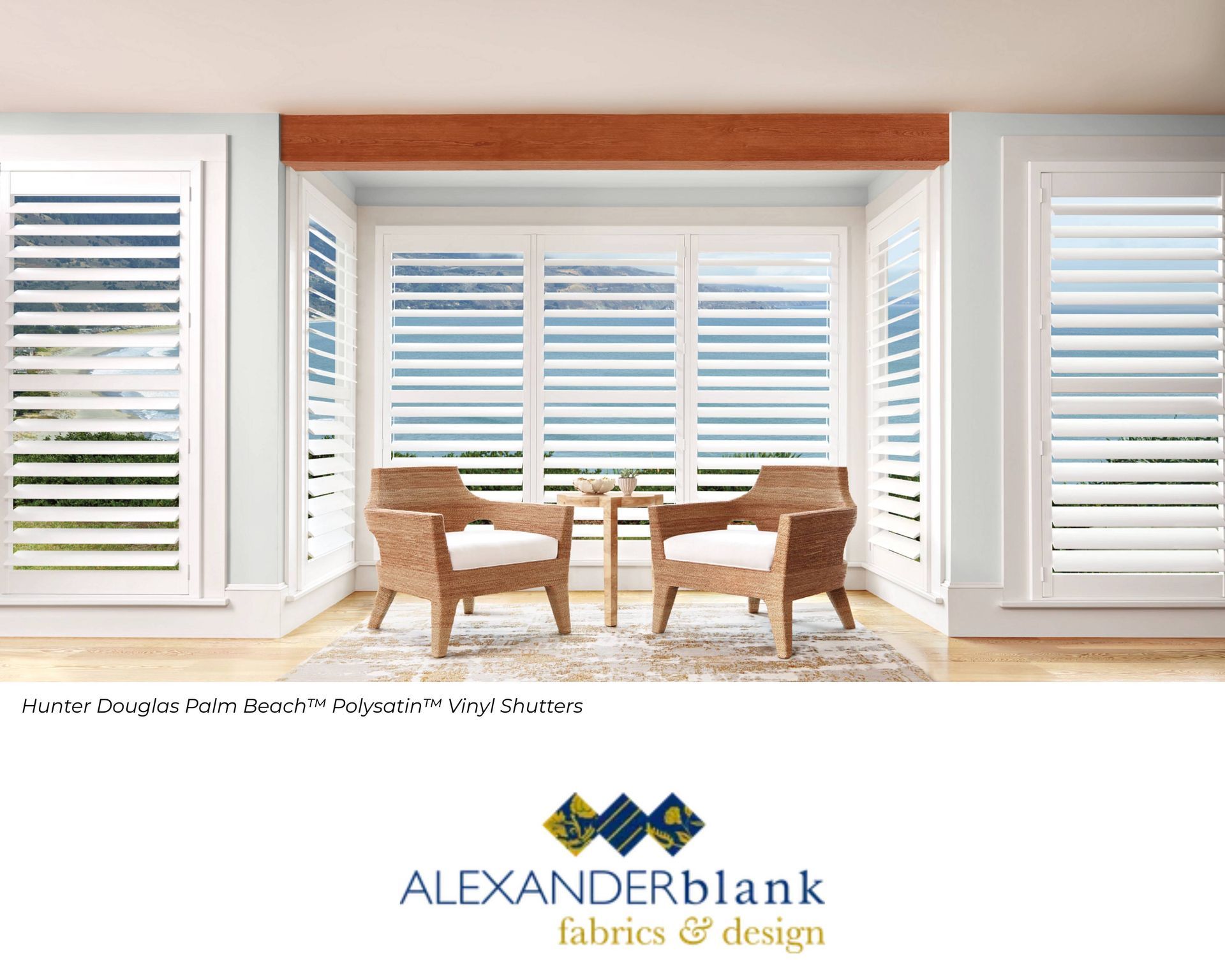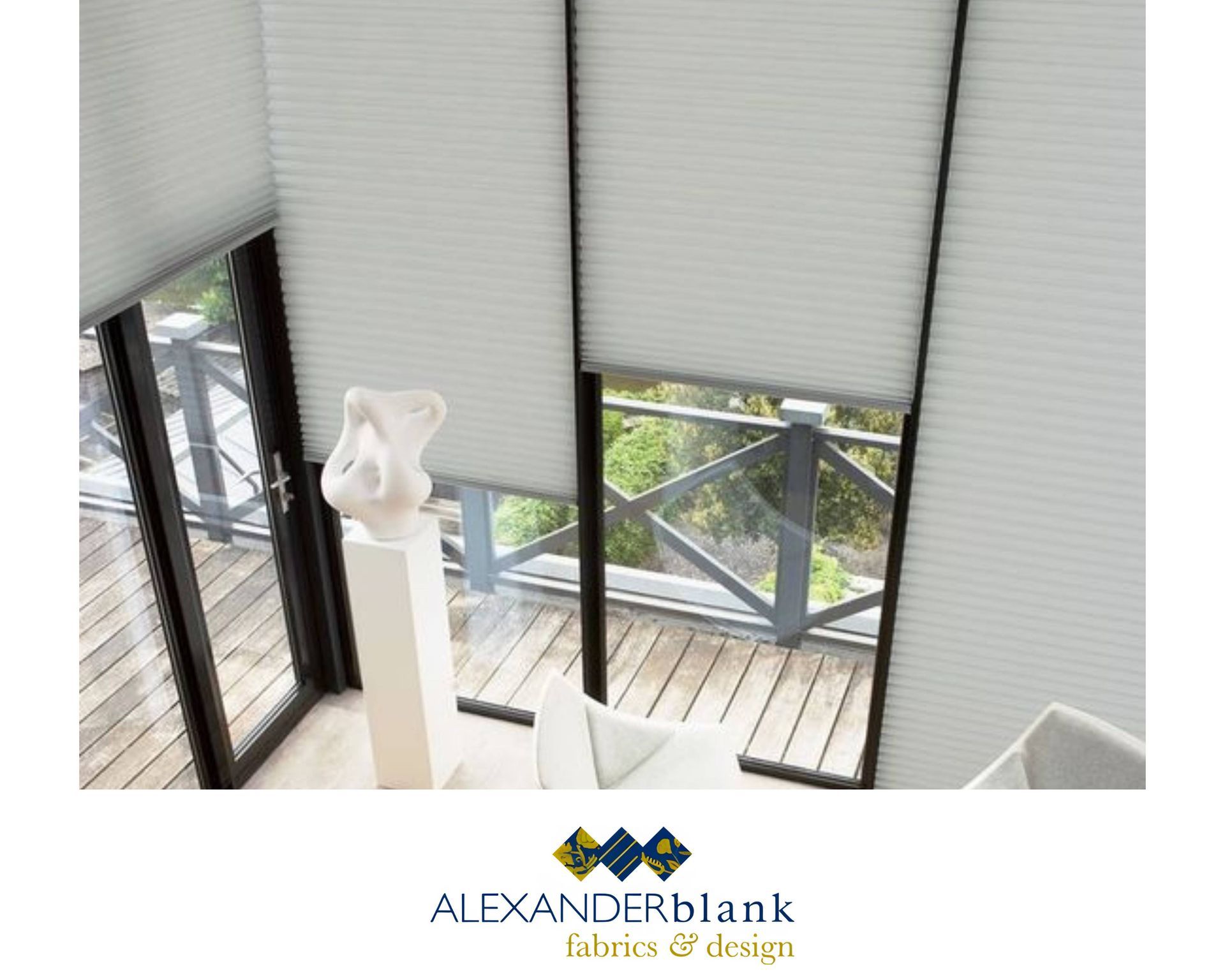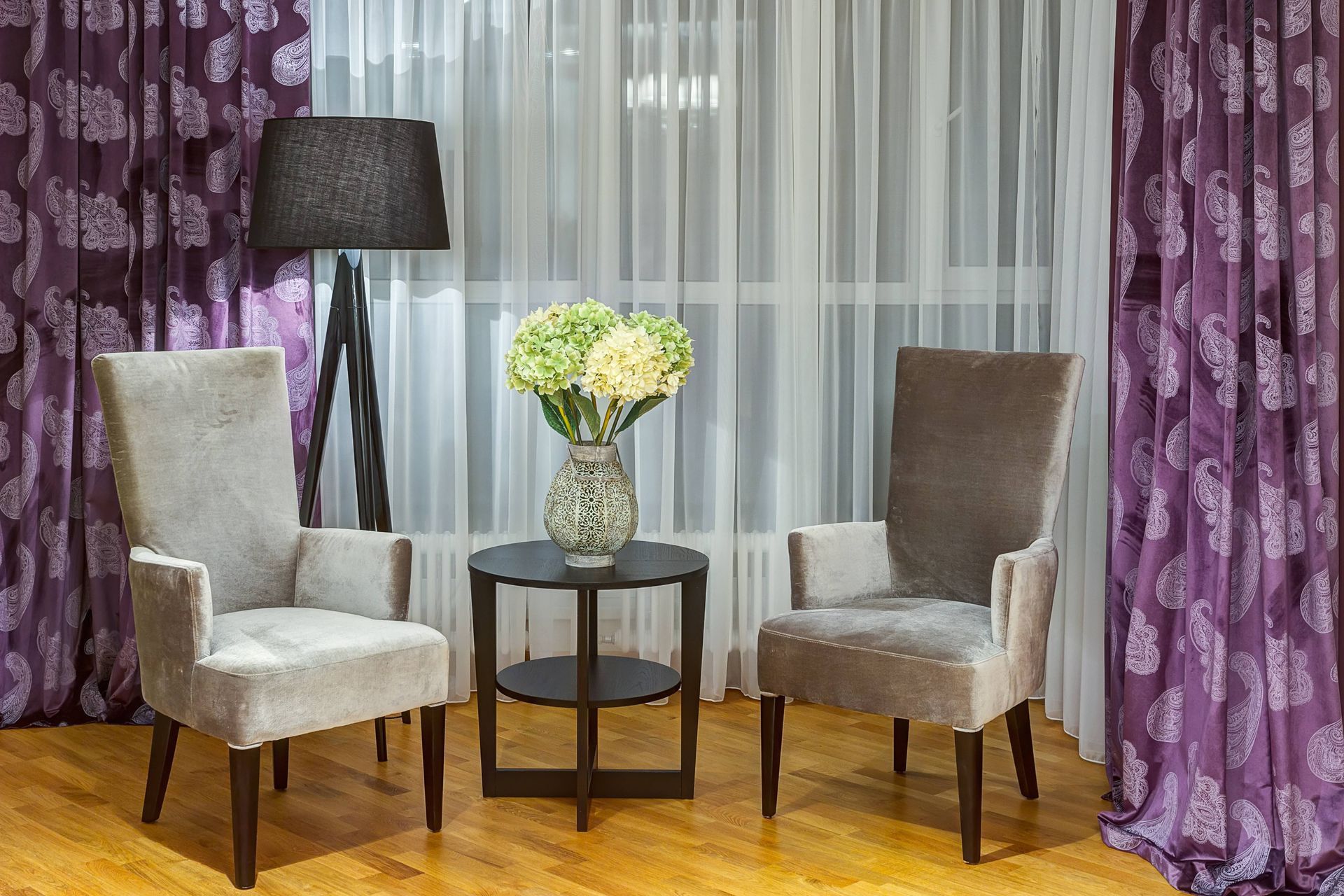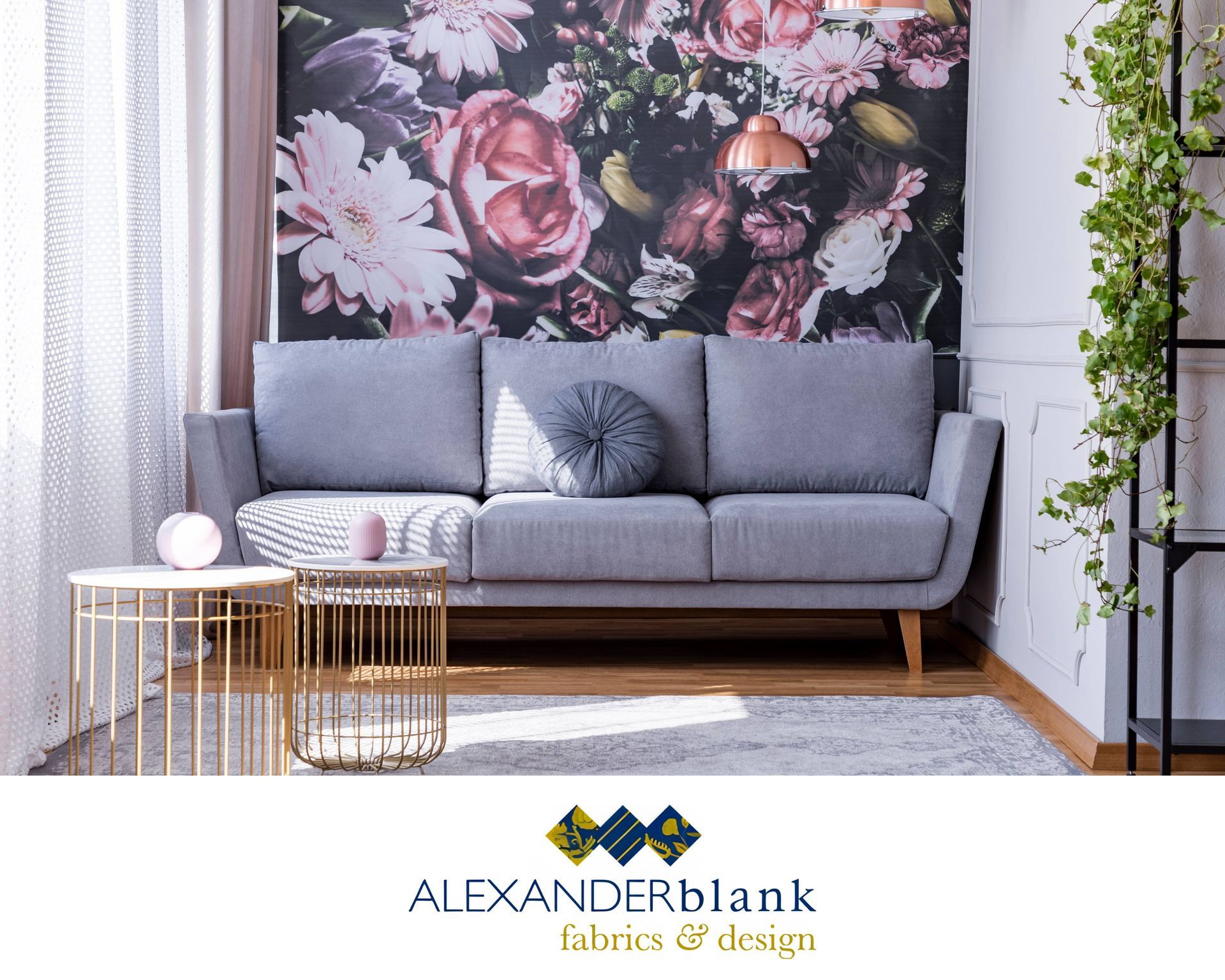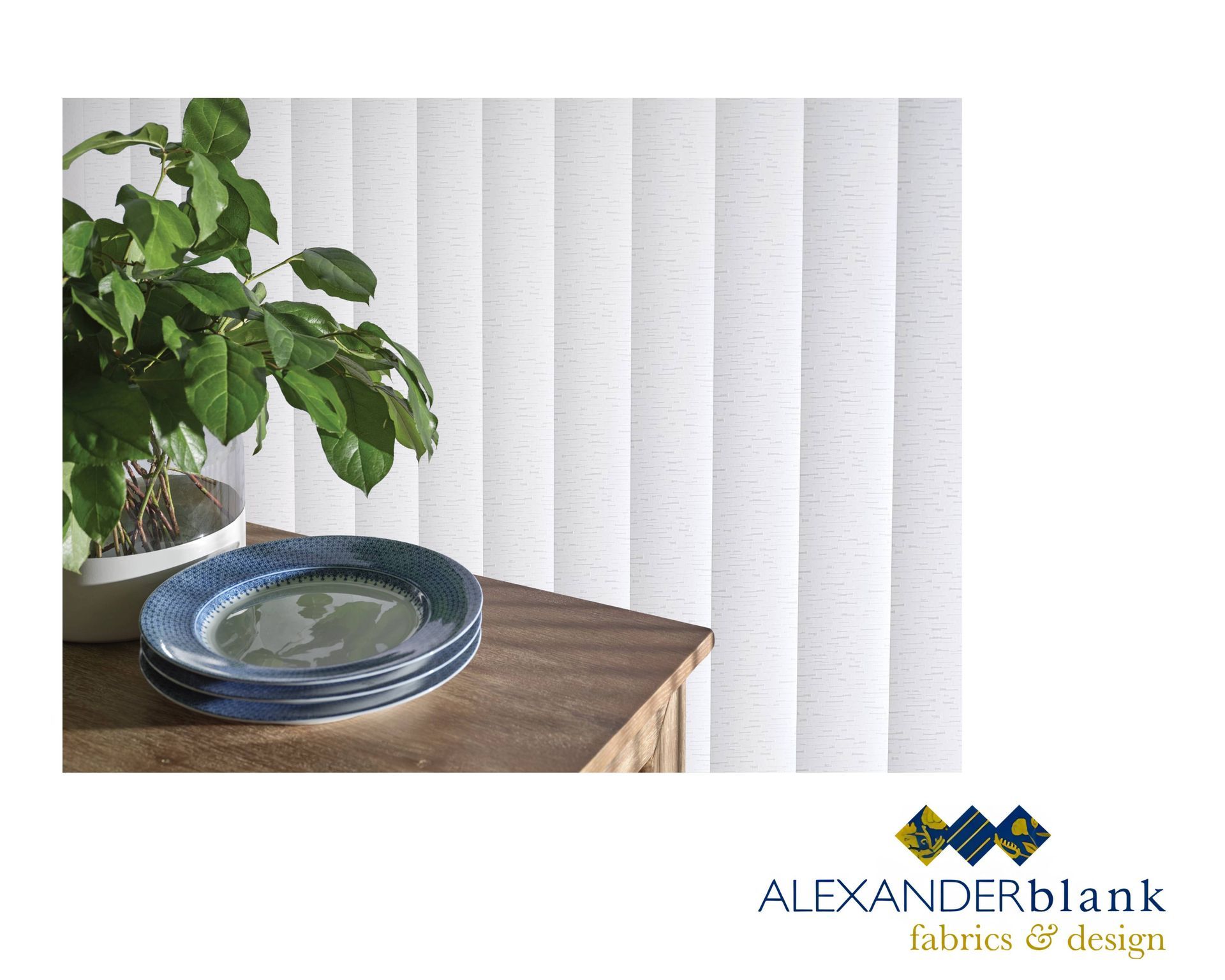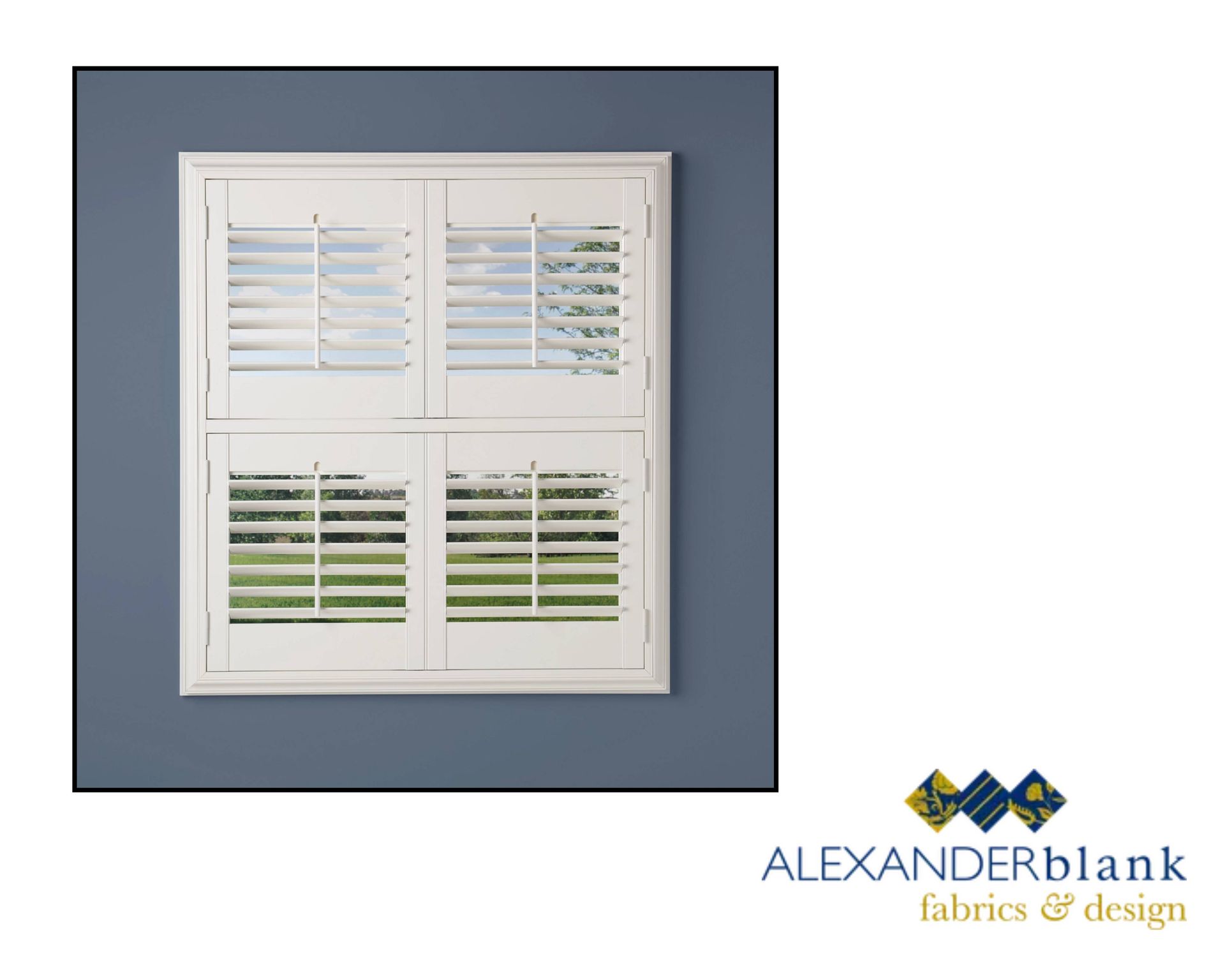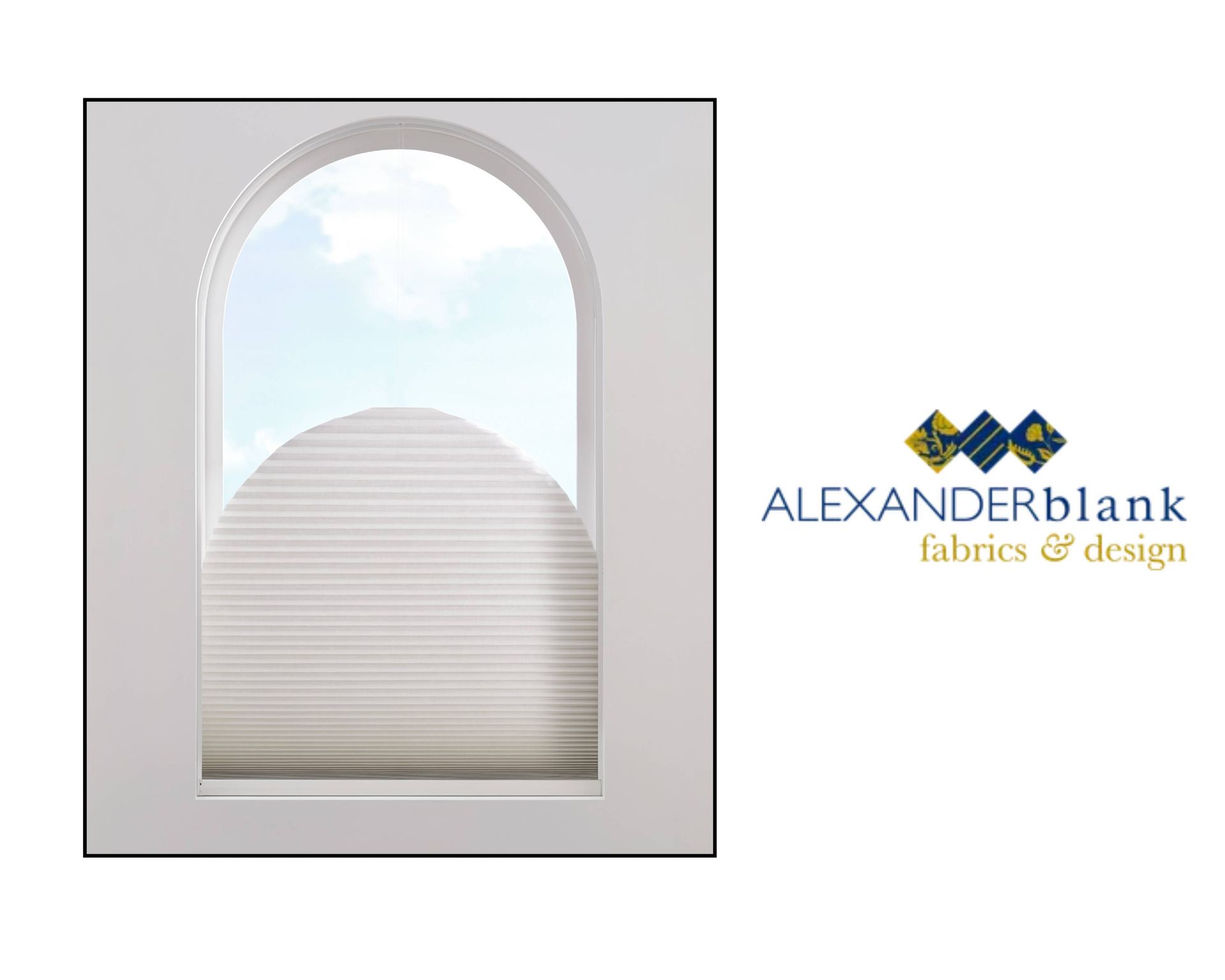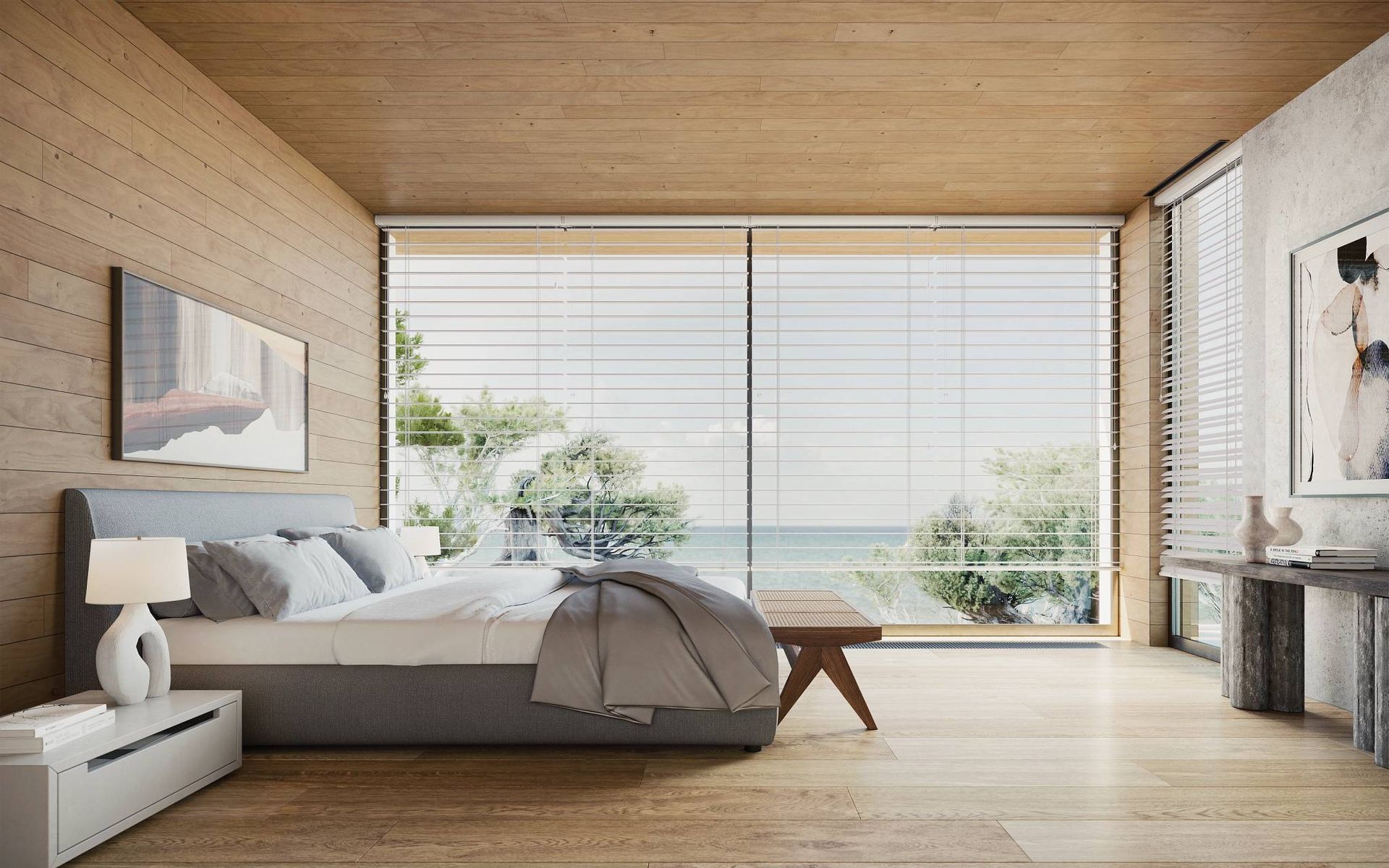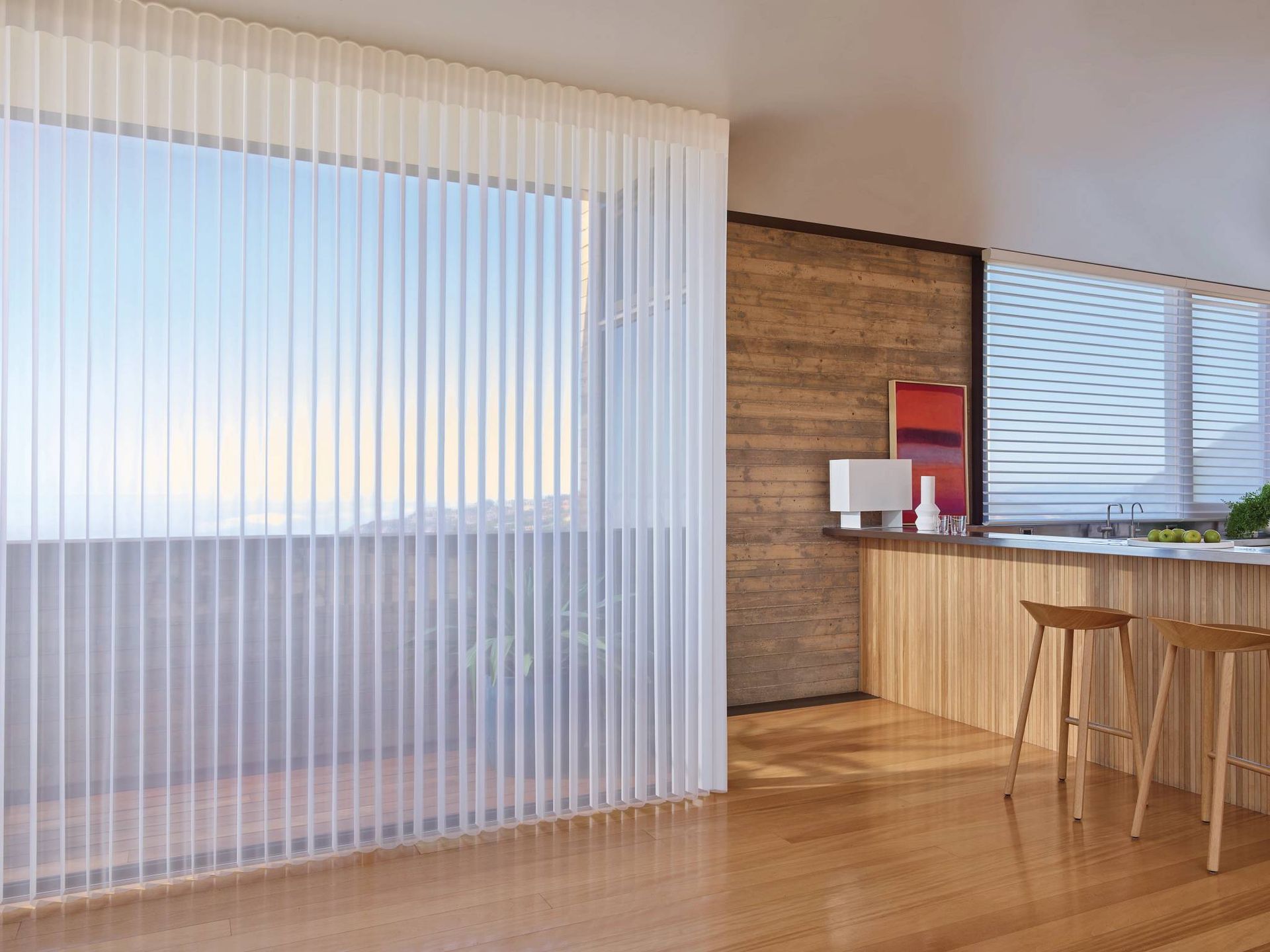A Designer’s Guide to Roman Shade Styles
The term “Roman shades” conjures up images of elegance and sophistication, and these window treatments never disappoint if you’re looking to add style to a space. Our design experts at Alexander Blank Fabrics & Design enjoy working with these classic window treatment styles, and our clients are impressed by the variety. So before you start shopping, let’s take a few minutes to explore Roman shades’ basic profile and its many variations.
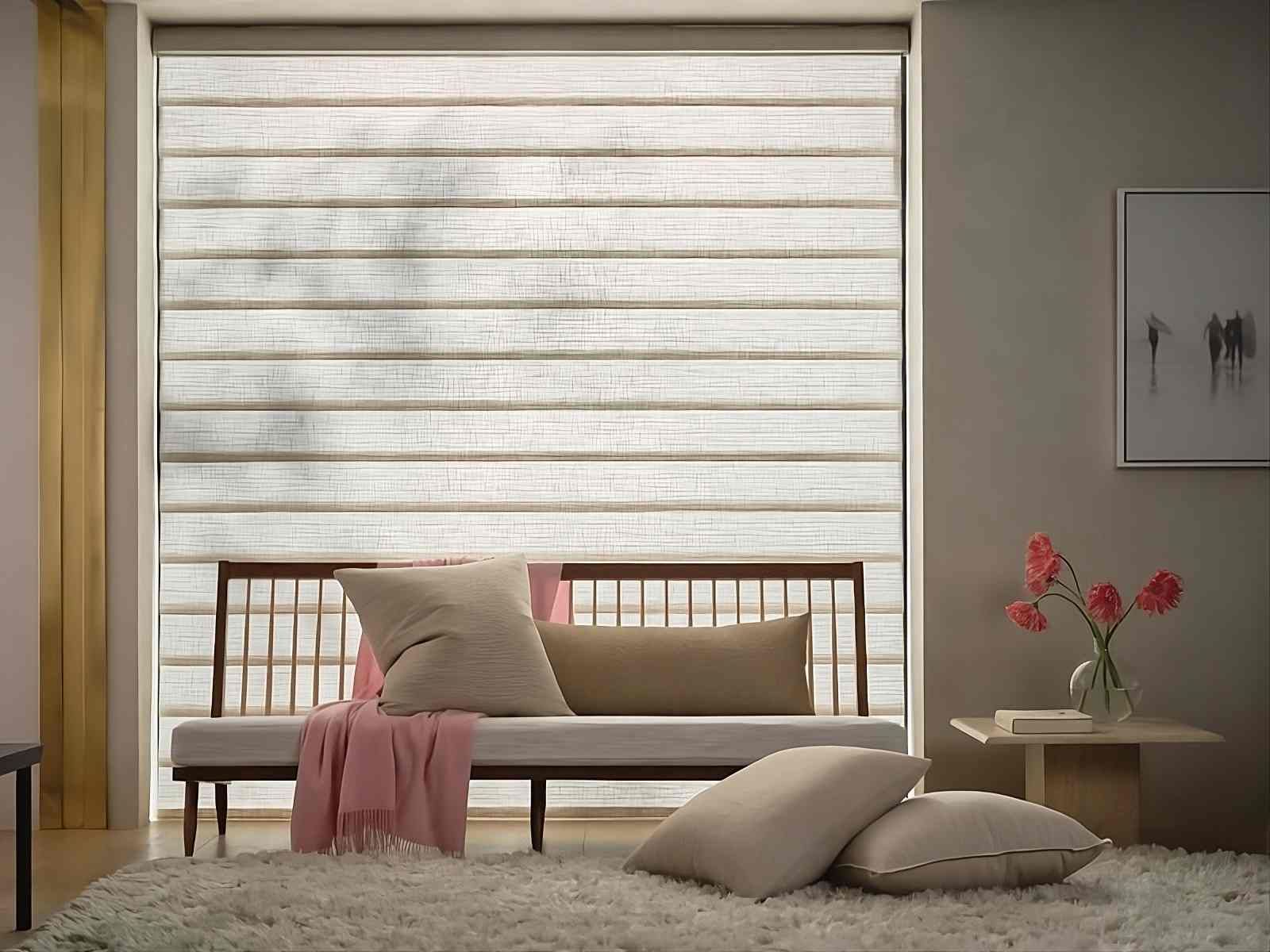
What Are Roman Shades, Exactly?
Roman shades are soft fabric window coverings that operate with a cord system. You raise or lower them to the desired height. Unlike curtains that move sideways, Roman shades move vertically and create horizontal folds when raised.
Today's Roman shades serve practical purposes, but they’re also quite handsome, drawing in the eye as soon as you enter a room. They provide privacy, light control, and insulation while adding texture and color to your interior design. Their high-end profile makes them suitable for spaces where bulkier window treatments might overwhelm the design.
Rolling vs. Stacking Roman Shade Styles
Roman shade styles can vary, reflecting the aesthetic you prefer. One of the most important distinctions between Roman shade styles is how they fold when raised—that affects their appearance and usage.
- Rolling Roman shades curve into a roll at the top when raised; the fabric forms a cylindrical shape for a smoother look at the window top. They take up less space on the frame and provide a modern, clean appearance. When raised, these shades show less of the fabric pattern and work well for smaller windows with limited space.
- Stacking Roman shades create distinct, horizontal folds that stack on top of each other when raised. That makes a more structured, tailored appearance and displays more of the fabric pattern. We recommend stacking styles when clients want to showcase fabrics and materials.
Classic vs. Waterfall Roman Shade Styles
The seam placement on Roman shades also impacts their appearance and light diffusion properties.
- Classic Roman shades have horizontal seams on the front of the fabric. These seams create defined folds that add texture and structure to help the shade maintain its shape. The traditional, tailored appearance is popular with homeowners.
- Waterfall Roman shades move the seams to the back of the fabric, creating a smooth, uninterrupted front surface. You get a clean, contemporary look that highlights patterned fabrics without interruption.
Roman Shade Styles, Courtesy of Hunter Douglas
These three custom Roman shade styles offer different aesthetics:
- Provenance® Woven Wood Shades bring organic appeal into your home with natural materials like bamboo, reeds, and grasses. Their stunning, varied textures add depth to window designs; the filtered light creates a radiant ambiance.
- Alustra® Woven Textures® Roman Shades are a hybrid window treatment with unique fabric blends combining natural materials. Technically a woven wood shade, this style works and acts like a Roman shade.
- Vignette® Roman Shades offer modern interpretations of traditional Roman shade styles with consistent folds and no internal cord systems to present choking hazards. Available in both rolling and stacking designs, you can customize the look of your shades based on your design preferences.
What Roman Shade Style Should I Choose?
The best starting point is by deciding first on what you need, followed by what you want. Consider the space’s light and privacy needs first; that will guide your style and material selections. Then, think about your existing furniture and decor styles to encourage cohesion and intention throughout the space.
Light control requirements should influence your fabric choice – sheer for gentle filtering or blackout for maximum darkness, for instance. The fabric pattern scale matters too; larger patterns suit bigger rooms while smaller ones work in compact spaces.
Mounting options come next—inside mounts allow for a clean finish, while outside mounts can make windows appear larger. For smaller rooms, lightweight fabrics and inside mounts create a sleek profile. On the other hand, larger spaces can accommodate heavier fabrics and dramatic, statement-making patterns.
One more thing: You’ll need to select a control option. Depending on the Roman shade style, Hunter Douglas offers manual and motorized systems like these:
Now that we’ve shared designer insights, you better understand Roman shade styles and features. But the best way to learn about these window treatments is simple: Give us a call or stop by.
Connect with Alexander Blank Fabrics & Design
Alexander Blank Fabrics & Design offers personalized consultations to help you select the ideal Roman shades for your home. We’ll guide you through fabric, style, and functionality options and arrange accurate measurements and professional installation. We serve clients in Lutherville-Timonium and the greater Baltimore Metro area! Visit our showroom or contact us for more information.


